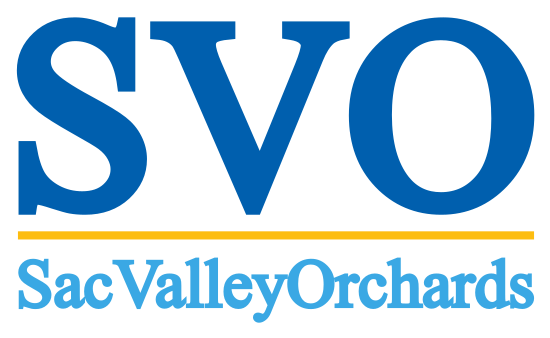Katherine Jarvis-Shean, UCCE Orchard Advisor, Sacramento, Solano and Yolo Counties
Post-harvest
If you are pruning this dormant season, prune as early in the fall as possible to avoid Botryosphaeria infections. Winter pruning resulted in infection in 78 to 99 percent of cut shoots, compared to only 28 to 75 percent in fall-pruned shoots. At minimum, avoid pruning cuts when wet conditions are in the forecast.
Consider applying either potassium sulfate or potassium chloride (KCl) if your leaf sample analysis indicates your orchard is potassium deficient. If you’re considering KCl to save money, be sure the chloride will be able to leach out of the root zone before spring leaf-out. Avoid where there is a perched water table, heavy clay and less than 8 inches of winter rainfall.
Scout for weeds to evaluate the success of this year’s weed management plan and revise your plan for next year. Find weed identification tools and scouting templates here.
If you’re removing an orchard, October is the time to kill roots with Garlon. It is critical to paint stumps with Garlon within five minutes of cutting trunks, and leave stumps for 60 days. See here for more information.
Sanitize orchards to remove mummy nuts that can harbor overwintering NOW. Given the extended leaf-out this spring, the likelihood of leaving some nuts in the tree after harvest is high. Shake or pole remaining nuts out of trees, blow nuts into middles and flail mow. Clean out processing facilities that are adjacent to orchards.
If seeding a cover crop, try to get seed in the ground before leaf drop to get the best seed-soil contact. Find more on cover crops.


Leave a Reply